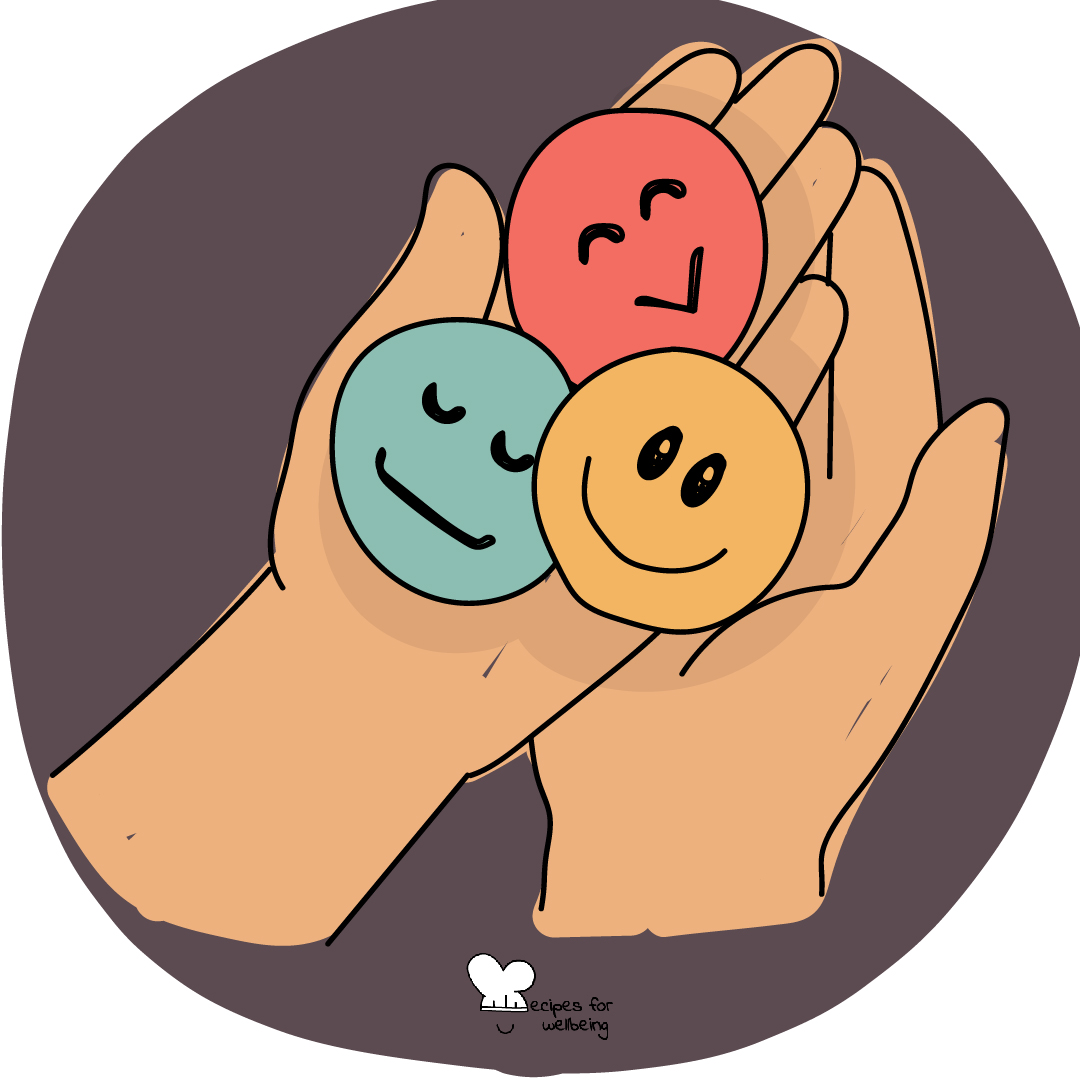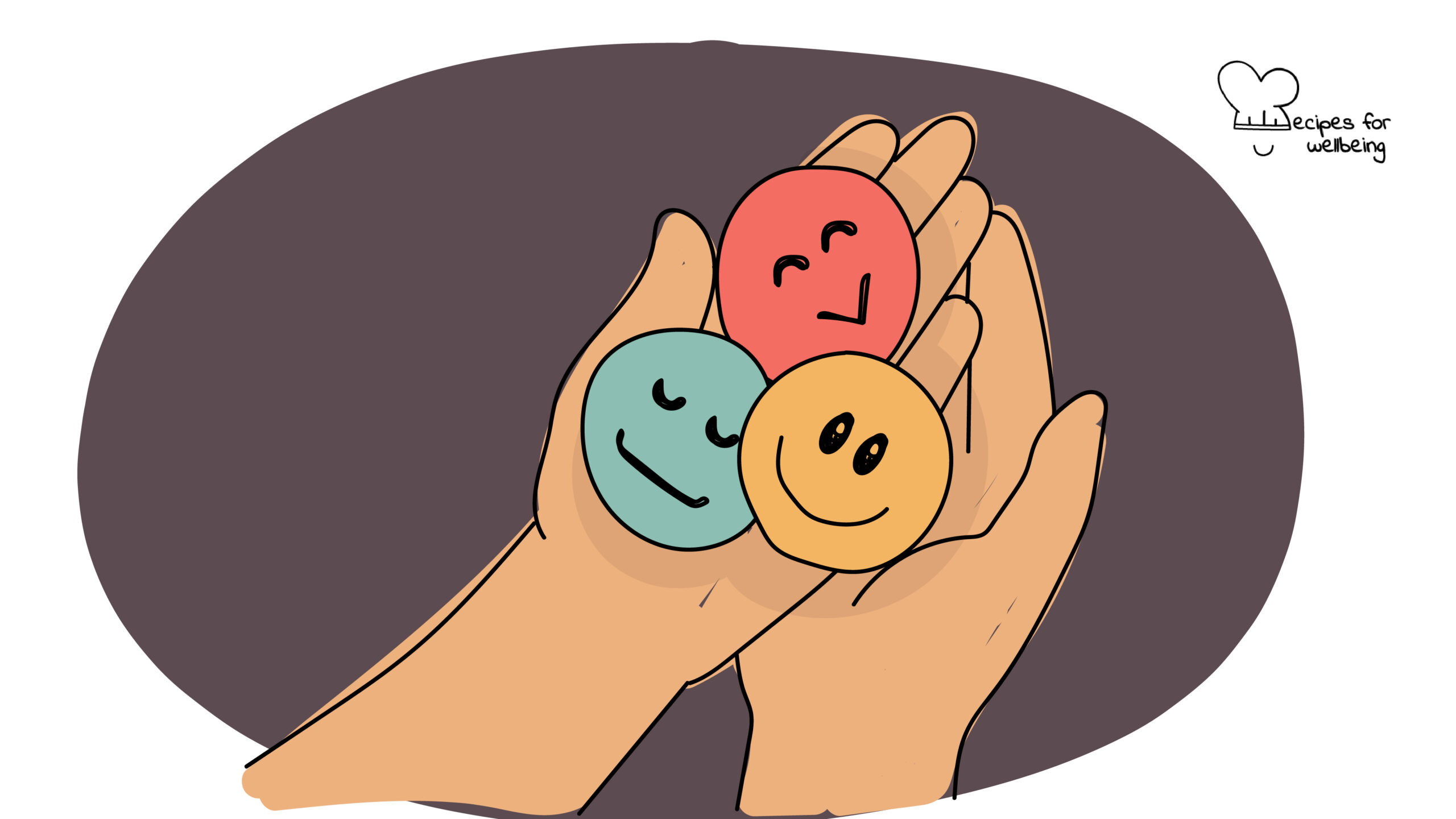
Developing emotional agility
Emotionally agile people are dynamic. They demonstrate flexibility in dealing with our fast-changing, complex world. They are able to tolerate high levels of stress and to endure setbacks, while remaining engaged, open, and receptive. ―Susan David
👥 Serves: 1 person
🎚 Difficulty: Medium
⏳ Total time: Ongoing
🥣 Ingredients: Patience, “Emotional Agility” book by Susan David (if you’re curious to find out more about it!)
🤓 Wholebeing Domains: Awareness, Discomfortability, Liberatory Learning
💪 Wholebeing Skills: Acceptance, Adaptability, Flexibility, Letting go, Liberation, Non-attachment, Non-judgement, Self-awareness, Self-regulation

Developing emotional agility
📝 Description
A four-step process to become flexible with your thoughts and feelings.
Susan David, author of Emotional Agility – Get Unstuck, Embrace Change, and Thrive in Work and Life, explains there is a difference between the much popular term “emotional intelligence” and the newer term “emotional agility”. Unfortunately, emotional intelligence has come to be understood as ‘controlling’ difficult emotions. However, emotions are not inherently ‘bad’. They might not always be reliable, or they might be inappropriate in a particular context, but they are not the villain here. If you would like to build up your emotional language, check out our recipe “The wheel of emotions and feelings”.
As David explains, “emotional agility–being flexible with your thoughts and feelings so that you can respond optimally to everyday situations–is key to well-being and success”. This is different from ‘emotional rigidity’ which is when you get hooked by thoughts, feelings, and behaviours that don’t serve you. Ultimately, “[e]motional agility is about loosening up, calming down, and living with more intention”. The following recipe guides you through the four steps of emotional agility developed by Susan David. If you’d like to assess your emotional agility, take this quiz.
👣 Steps
Step 1 – Showing up
The first step is showing up – seeing yourself (with your thoughts, emotions, and behaviours) with curiosity, compassion, and courage. It all begins with recognition and a gentle acceptance of difficult emotions.
Step 2 – Stepping out
The second step is stepping out – creating a space between you and your thoughts, emotions, and behaviours. By doing this you detach yourself from them and open up the possibility of observing them for what they are, in a non-judgemental way. This is where the wheel of emotions and feelings comes in handy because it enables you to develop emotional granularity, i.e. labelling your emotions/feelings.
Step 3 – Walking your why
The third step is walking your why – focusing on your core values and your most important goals. This process allows you to “take the long view” and align your actions with your values and long-term goals.
Step 4 – Moving on
Finally, the fourth step is moving on – cultivating habits to make small tweaks and bring about incremental changes to break out of unhelpful patterns and create more helpful ones. Check out our recipes “The habits scorecard” to make unconscious habits conscious and “Habit tracker” to build a habit of tracking habits.
Step 5 – Signs of being stuck
How do you know if you are ‘hooked’ or ‘stuck’? Susan David explains that any thought, emotion, or behaviour can have its place and therefore doesn’t need to be judged. The issue is when it takes the driver seat in the bus and drives your action. That’s when it becomes a hook that you might want to unhook from.

